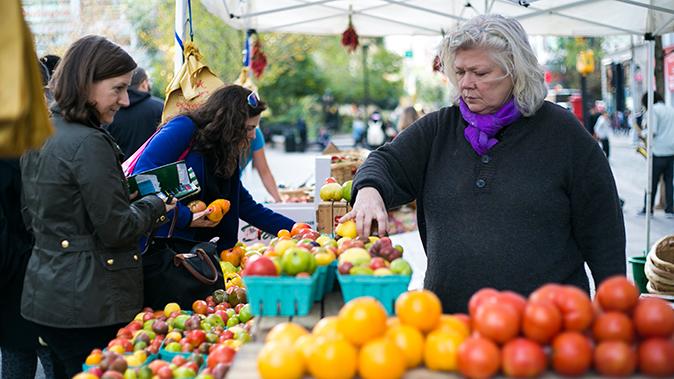Farmers markets and farm-to-table restaurants are all the rage today. Food made from locally grown produce is considered more sustainable for the environment, and for the people who work the land.
While many health- and environment-conscious consumers are hungry for more.
Locally grown food remains a niche market, with most of America’s food coming from large, industrial farms shipped over long distances to reach our supermarkets.
Conventionally grown produce travels an average of 1,494 miles from farm to point of sale, according to a study by the Leopold Center for Sustainable Agriculture at Iowa State University.
But researchers at University of California–Merced, recently discovered that there’s potential for more of our food to be locally sourced.






